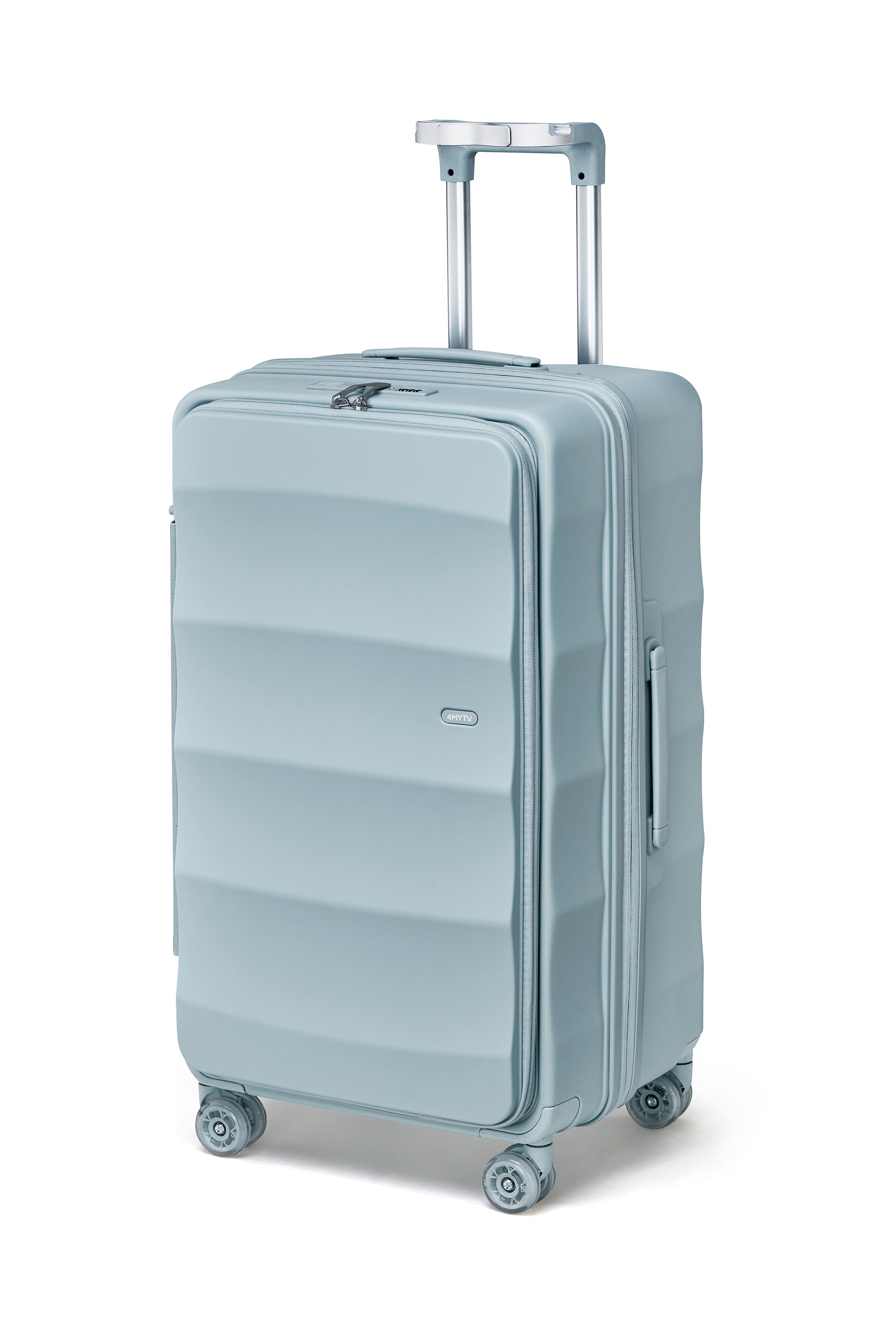Unlock the Secrets of Stress-Free Check-In Luggage: What Every Traveler Must Know!
When it comes to air travel, one of the most vital aspects that can make or break your experience is check-in luggage. For many travelers, the thought of navigating the complexities of size restrictions, weight limits, and security regulations can be daunting. Whether you're a seasoned globetrotter or planning your first trip, understanding the rules surrounding check-in luggage is crucial for a seamless journey. This article aims to demystify the often-confusing regulations, share practical packing tips, and highlight common pitfalls to help you travel stress-free. By the end, you'll be equipped with the essential knowledge to tackle your next adventure with confidence.

Understanding Check-In Luggage Regulations
Every airline has its own set of rules and regulations regarding check-in luggage, which can vary significantly. Generally, size and weight restrictions are the primary concerns. Most airlines allow passengers to check in bags weighing between 50 to 70 pounds, but this can differ based on your ticket class and destination. For instance, while one airline might permit a maximum dimension of 62 linear inches (length + width + height), another may have different criteria. Therefore, it is paramount to check these regulations before you begin packing to avoid last-minute surprises at the airport.
My friend Sarah learned this lesson the hard way on her trip to Europe. She packed what she thought was the perfect amount of clothing but ended up exceeding the weight limit. After a frantic repacking session at the check-in counter, she had to leave behind her favorite pair of shoes. To avoid such situations, ensure you are well-informed about your airline's specific baggage policies and keep a scale handy to weigh your luggage before departure. Familiarizing yourself with these rules can save you both time and money, as overweight bags often incur hefty fees.
Packing Tips for Stress-Free Travel
Efficient packing is an art that every traveler should master. To optimize the use of space in your check-in luggage, consider rolling your clothes instead of folding them. This method not only saves space but also minimizes wrinkles. Additionally, utilizing packing cubes can help you stay organized, allowing for easier access to your items without having to dig through your entire bag.
Another important tip is to prioritize essential items on top, such as travel documents, toiletries, and a change of clothes. This way, if your luggage is delayed or lost, you’ll have the necessities at hand. Moreover, pay attention to prohibited items to avoid complications at check-in. Items like sharp objects, flammable materials, and certain electronics often have restrictions. A friend of mine once had to discard a brand-new bottle of perfume because it exceeded the liquid limit; a heart-wrenching moment that could have been easily avoided with a little research.
Common Mistakes to Avoid
When it comes to check-in luggage, travelers often make several common mistakes that can lead to unnecessary stress. One of the biggest missteps is overpacking. It’s tempting to bring more than you need, but this often leads to exceeding weight limits or having to deal with cumbersome bags. Instead, try to pack versatile clothing items that can be mixed and matched.
Another frequent error is failing to label bags. In the unfortunate event that your luggage gets lost, having your contact information clearly visible can be a lifesaver. Consider using luggage tags or even a colorful ribbon to make your bag stand out. Lastly, ignoring airline policies can lead to delays and additional fees. Always read the fine print when booking your flight to ensure that you are aware of any specific requirements or restrictions.
What to Do in Case of Lost or Damaged Luggage
Despite our best efforts, luggage can sometimes go missing or arrive damaged. If you find yourself in this situation, the first step is to report it immediately at the airline’s baggage service desk. Be sure to have your baggage claim ticket handy, as this will help facilitate the process. Most airlines have protocols in place for tracking lost luggage, and they should provide you with a reference number to follow up on your claim.
Additionally, understanding compensation policies is crucial. Some airlines offer reimbursement for essential items you may need to purchase while waiting for your luggage to be found. However, it’s important to keep all receipts and check the airline’s guidelines on what qualifies for compensation. A friend of mine once faced this situation during her trip to Asia, and by following the proper procedures, she received compensation for her necessary purchases while her luggage was being located.
Empowering Travelers for Seamless Journeys
In conclusion, navigating the world of check-in luggage doesn’t have to be a stressful experience. By understanding the regulations, packing wisely, and being aware of common mistakes, you can significantly enhance your travel journey. Additionally, being prepared for unexpected situations, such as lost or damaged luggage, will allow you to handle any challenges with ease. Armed with these insights, you’re ready to embark on your next adventure with confidence and peace of mind. Safe travels!








